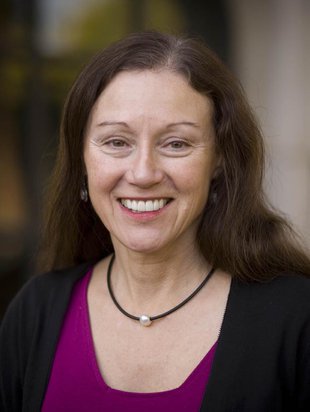Events
Jan 13, 2022
Seminar (2022-01-13)
School of Biomedical Sciences is pleased to invite you to join the following seminar:
Date: Thursday, January 13, 2022
Time: 9:00 am – 10:30 am
Via Zoom: https://hku.zoom.us/meeting/register/tJcqf-uorzgpGtSalWVwCGMWnv-qtHdpWNxV
Meeting ID: 937 8201 3300
Password: 333645
Speaker: Professor Marianne Bronner, Edward B. Lewis Professor of Biology, Director of the Beckman Institute, Division of Biology and Biological Engineering, California Institute of Technology, USA
Title: “Mending broken hearts with neural crest cells”
Biography

Marianne Bronner is a developmental biologist and Professor at Caltech, where her lab studies gene regulatory interactions underlying formation, migration and differentiation of neural crest cells. She received her ScB in Biophysics and then a PhD in Biophysics from Johns Hopkins University. She assumed her first faculty position at the University of California, Irvine, where she moved up the ranks from Assistant to Full Professor. In 1996, she joined the faculty at Caltech and became the first woman to be Chair of the Faculty in 2001 to 2003. She was President of the Society for Developmental Biology in 2009. She also serves as a Senior Editor for eLife, and monitoring editor for Journal of Cell Biology. She was President of the Society for Differentiation in 2014 and has served on numerous boards and committees (e.g. Gordon Research Conference, Sontag Foundation, Curci Foundation, NIDCR Board of Scientific Counselors). In 2015, she was elected to the National Academy of Sciences and in 2009 to the American Academy of Arts and Sciences. She received the Conklin Medal from The Society for Developmental Biology in 2013, the Women in Cell Biology Senior Award from the American Society for Cell Biology in 2012, as well as several teaching awards from her institution.
Abstract
Cardiac neural crest cells contribute to important portions of the cardiovascular system including the outflow tract septum and ablation of these cells causes a common human heart defect. By transcriptionally profiling cardiac neural crest to characterize genes unique to this subpopulation, we identify a gene subcircuit sufficient to reprogram other neural crest subpopulations to a cardiac crest fate. Moreover, we demonstrate a previously unrecognized contribution of the cardiac neural crest to cardiomyocytes in both chick and mouse. Testing a possible role in heart repair in zebrafish, we show that neural crest derived cardiomyocytes redeploy an embryonic neural crest program after injury, and that genetic ablation of neural crest-derived cells blocks heart regeneration. Together, the results suggest that cardiac neural crest cells contribute to many cardiovascular structures including cardiomyocytes and to heart regeneration in teleosts.
ALL ARE WELCOME
Should you have any enquiries, please feel free to contact Miss River Wong at 3917 9216.
